-
EXECUTIVE SUMMARY
-
MARKET INTRODUCTION
-
Definition
-
Scope of the Study
- Research Objective
- Assumptions
- Limitations
-
RESEARCH METHODOLOGY
-
Overview
-
Data Mining
-
Secondary Research
-
Primary Research
- Primary Interviews and Information Gathering Process
- Breakdown of Primary Respondents
-
Forecasting Model
-
Market Size Estimation
- Bottom-Up Approach
- Top-Down Approach
-
Data Triangulation
-
Validation
-
MARKET DYNAMICS
-
Overview
-
Drivers
-
Restraints
-
Opportunities
-
MARKET FACTOR ANALYSIS
-
Value Chain Analysis
-
Porter’s Five Forces Analysis
- Bargaining Power of Suppliers
- Bargaining Power of Buyers
- Threat of New Entrants
- Threat of Substitutes
- Intensity of Rivalry
-
COVID-19 Impact Analysis
- Market Impact Analysis
- Regional Impact
- Opportunity and Threat Analysis
-
GLOBAL WINE CORK MARKET, BY TYPE
-
Overview
-
Natural
-
Synthetic
-
GLOBAL WINE CORK MARKET, BY DISTRIBUTION CHANNEL
-
Overview
-
Offline
-
Online
-
GLOBAL WINE CORK MARKET, BY REGION
-
Overview
-
North America
- US
- Canada
-
Europe
- Germany
- France
- UK
- Italy
- Spain
- Rest of Europe
-
Asia-Pacific
- China
- India
- Japan
- South Korea
- Australia
- Rest of Asia-Pacific
-
Rest of the World
- Middle East
- Africa
- Latin America
-
COMPETITIVE LANDSCAPE
-
Overview
-
Competitive Analysis
-
Market Share Analysis
-
Major Growth Strategy in the Global Wine Cork Market,
-
Competitive Benchmarking
-
Leading Players in Terms of Number of Developments in the Global Wine Cork Market,
-
Key developments and Growth Strategies
- New Product Launch/Service Deployment
- Merger & Acquisitions
- Joint Ventures
-
Major Players Financial Matrix
- Sales & Operating Income, 2025
- Major Players R&D Expenditure. 2025
-
COMPANY PROFILES
-
Amorin Cork, S.A, Ltd
- Company Overview
- Financial Overview
- Products Offered
- Key Developments
- SWOT Analysis
- Key Strategies
-
Jelinek Cork Group
- Company Overview
- Financial Overview
- Products Offered
- Key Developments
- SWOT Analysis
- Key Strategies
-
Waterloo Container Company
- Company Overview
- Financial Overview
- Products Offered
- Key Developments
- SWOT Analysis
- Key Strategies
-
J. C. Ribeiro, S. A
- Company Overview
- Financial Overview
- Products Offered
- Key Developments
- SWOT Analysis
- Key Strategies
-
We Cork Inc.
- Company Overview
- Financial Overview
- Products Offered
- Key Developments
- SWOT Analysis
- Key Strategies
-
Elkem Silicones limited
- Company Overview
- Financial Overview
- Products Offered
- Key Developments
- SWOT Analysis
- Key Strategies
-
Precision Elite limited company
- Company Overview
- Financial Overview
- Products Offered
- Key Developments
- SWOT Analysis
- Key Strategies
-
Widgetco, Inc
- Company Overview
- Financial Overview
- Products Offered
- Key Developments
- SWOT Analysis
- Key Strategies
-
Allstates Rubber & Tool Corp
- Company Overview
- Financial Overview
- Products Offered
- Key Developments
- SWOT Analysis
- Key Strategies
-
M.A. Silva Corks USA, LLC
- Company Overview
- Financial Overview
- Products Offered
- Key Developments
- SWOT Analysis
- Key Strategies
-
APPENDIX
-
References
-
Related Reports
-
-
LIST OF TABLES
-
GLOBAL WINE CORK MARKET, SYNOPSIS, 2025-2034
-
GLOBAL WINE CORK MARKET, ESTIMATES & FORECAST, 2025-2034 (USD BILLION)
-
GLOBAL WINE CORK MARKET, BY TYPE, 2025-2034 (USD BILLION)
-
GLOBAL WINE CORK MARKET, BY DISTRIBUTION CHANNEL, 2025-2034 (USD BILLION)
-
NORTH AMERICA: WINE CORK MARKET, BY TYPE, 2025-2034 (USD BILLION)
-
NORTH AMERICA: WINE CORK MARKET, BY DISTRIBUTION CHANNEL, 2025-2034 (USD BILLION)
-
US: WINE CORK MARKET, BY TYPE, 2025-2034 (USD BILLION)
-
US: WINE CORK MARKET, BY DISTRIBUTION CHANNEL, 2025-2034 (USD BILLION)
-
CANADA: WINE CORK MARKET, BY TYPE, 2025-2034 (USD BILLION)
-
CANADA: WINE CORK MARKET, BY DISTRIBUTION CHANNEL, 2025-2034 (USD BILLION)
-
EUROPE: WINE CORK MARKET, BY TYPE, 2025-2034 (USD BILLION)
-
EUROPE: WINE CORK MARKET, BY DISTRIBUTION CHANNEL, 2025-2034 (USD BILLION)
-
GERMANY: WINE CORK MARKET, BY TYPE, 2025-2034 (USD BILLION)
-
GERMANY: WINE CORK MARKET, BY DISTRIBUTION CHANNEL, 2025-2034 (USD BILLION)
-
FRANCE: WINE CORK MARKET, BY TYPE, 2025-2034 (USD BILLION)
-
FRANCE: WINE CORK MARKET, BY DISTRIBUTION CHANNEL, 2025-2034 (USD BILLION)
-
ITALY: WINE CORK MARKET, BY TYPE, 2025-2034 (USD BILLION)
-
ITALY: WINE CORK MARKET, BY DISTRIBUTION CHANNEL, 2025-2034 (USD BILLION)
-
SPAIN: WINE CORK MARKET, BY TYPE, 2025-2034 (USD BILLION)
-
SPAIN: WINE CORK MARKET, BY DISTRIBUTION CHANNEL, 2025-2034 (USD BILLION)
-
UK: WINE CORK MARKET, BY TYPE, 2025-2034 (USD BILLION)
-
UK: WINE CORK MARKET, BY DISTRIBUTION CHANNEL, 2025-2034 (USD BILLION)
-
REST OF EUROPE: WINE CORK MARKET, BY TYPE, 2025-2034 (USD BILLION)
-
REST OF EUROPE: WINE CORK MARKET, BY DISTRIBUTION CHANNEL, 2025-2034 (USD BILLION)
-
ASIA-PACIFIC: WINE CORK MARKET, BY TYPE, 2025-2034 (USD BILLION)
-
ASIA-PACIFIC: WINE CORK MARKET, BY DISTRIBUTION CHANNEL, 2025-2034 (USD BILLION)
-
JAPAN: WINE CORK MARKET, BY TYPE, 2025-2034 (USD BILLION)
-
JAPAN: WINE CORK MARKET, BY DISTRIBUTION CHANNEL, 2025-2034 (USD BILLION)
-
CHINA: WINE CORK MARKET, BY TYPE, 2025-2034 (USD BILLION)
-
CHINA: WINE CORK MARKET, BY DISTRIBUTION CHANNEL, 2025-2034 (USD BILLION)
-
INDIA: WINE CORK MARKET, BY TYPE, 2025-2034 (USD BILLION)
-
INDIA: WINE CORK MARKET, BY DISTRIBUTION CHANNEL, 2025-2034 (USD BILLION)
-
AUSTRALIA: WINE CORK MARKET, BY TYPE, 2025-2034 (USD BILLION)
-
AUSTRALIA: WINE CORK MARKET, BY DISTRIBUTION CHANNEL, 2025-2034 (USD BILLION)
-
SOUTH KOREA: WINE CORK MARKET, BY TYPE, 2025-2034 (USD BILLION)
-
SOUTH KOREA: WINE CORK MARKET, BY DISTRIBUTION CHANNEL, 2025-2034 (USD BILLION)
-
REST OF ASIA-PACIFIC: WINE CORK MARKET, BY TYPE, 2025-2034 (USD BILLION)
-
REST OF ASIA-PACIFIC: WINE CORK MARKET, BY DISTRIBUTION CHANNEL, 2025-2034 (USD BILLION)
-
REST OF THE WORLD: WINE CORK MARKET, BY TYPE, 2025-2034 (USD BILLION)
-
REST OF THE WORLD: WINE CORK MARKET, BY DISTRIBUTION CHANNEL, 2025-2034 (USD BILLION)
-
MIDDLE EAST: WINE CORK MARKET, BY TYPE, 2025-2034 (USD BILLION)
-
MIDDLE EAST: WINE CORK MARKET, BY DISTRIBUTION CHANNEL, 2025-2034 (USD BILLION)
-
AFRICA: WINE CORK MARKET, BY TYPE, 2025-2034 (USD BILLION)
-
AFRICA: WINE CORK MARKET, BY DISTRIBUTION CHANNEL, 2025-2034 (USD BILLION)
-
LATIN AMERICA: WINE CORK MARKET, BY TYPE, 2025-2034 (USD BILLION)
-
LATIN AMERICA: WINE CORK MARKET, BY DISTRIBUTION CHANNEL, 2025-2034 (USD BILLION)
-
LIST OF FIGURES
-
RESEARCH PROCESS
-
MARKET STRUCTURE FOR THE GLOBAL WINE CORK MARKET
-
MARKET DYNAMICS FOR THE GLOBAL WINE CORK MARKET
-
GLOBAL WINE CORK MARKET, SHARE (%), BY TYPE, 2025
-
GLOBAL WINE CORK MARKET, SHARE (%), BY DISTRIBUTION CHANNEL, 2025
-
GLOBAL WINE CORK MARKET, SHARE (%), BY REGION, 2025
-
NORTH AMERICA: WINE CORK MARKET, SHARE (%), BY REGION, 2025
-
EUROPE: WINE CORK MARKET, SHARE (%), BY REGION, 2025
-
ASIA-PACIFIC: WINE CORK MARKET, SHARE (%), BY REGION, 2025
-
REST OF THE WORLD: WINE CORK MARKET, SHARE (%), BY REGION, 2025
-
GLOBAL WINE CORK MARKET: COMPANY SHARE ANALYSIS, 2025 (%)
-
AMORIM CORK, S.A, LTD: FINANCIAL OVERVIEW SNAPSHOT
-
AMORIM CORK, S.A, LTD: SWOT ANALYSIS
-
JELINEK CORK GROUP: FINANCIAL OVERVIEW SNAPSHOT
-
JELINEK CORK GROUP: SWOT ANALYSIS
-
WATERLOO CONTAINER COMPANY: FINANCIAL OVERVIEW SNAPSHOT
-
WATERLOO CONTAINER COMPANY: SWOT ANALYSIS
-
J. C. RIBEIRO, S. A: FINANCIAL OVERVIEW SNAPSHOT
-
J. C. RIBEIRO, S. A: SWOT ANALYSIS
-
WE CORK INC: FINANCIAL OVERVIEW SNAPSHOT
-
WE CORK INC: SWOT ANALYSIS
-
ELKEM SILICONES LIMITED: FINANCIAL OVERVIEW SNAPSHOT
-
ELKEM SILICONES LIMITED: SWOT ANALYSIS
-
PRECISION ELITE LIMITED COMPANY: FINANCIAL OVERVIEW SNAPSHOT
-
PRECISION ELITE LIMITED COMPANY: SWOT ANALYSIS
-
WIDGETCO, INC: FINANCIAL OVERVIEW SNAPSHOT
-
WIDGETCO, INC: SWOT ANALYSIS
-
ALLSTATES RUBBER & TOOL CORP: FINANCIAL OVERVIEW SNAPSHOT
-
ALLSTATES RUBBER & TOOL CORP: SWOT ANALYSIS
-
M.A. SILVA CORKS USA, LLC: FINANCIAL OVERVIEW SNAPSHOT
-
M.A. SILVA CORKS USA, LLC: SWOT ANALYSIS

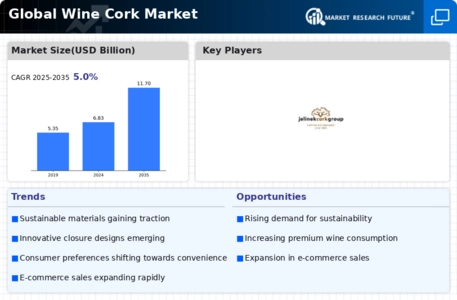
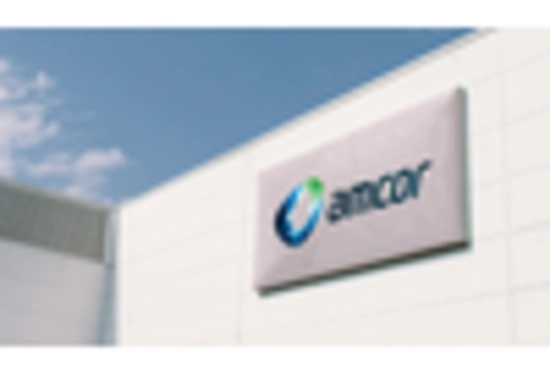
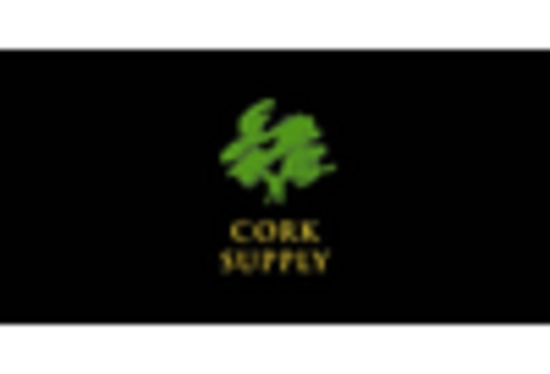
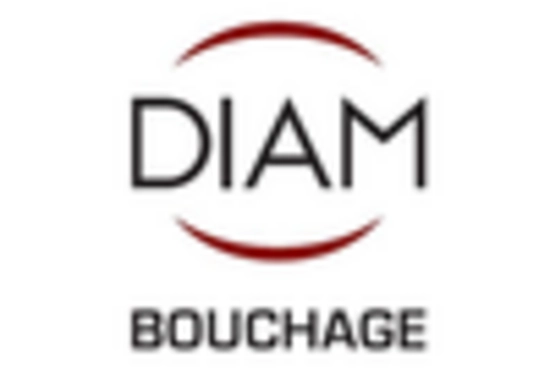
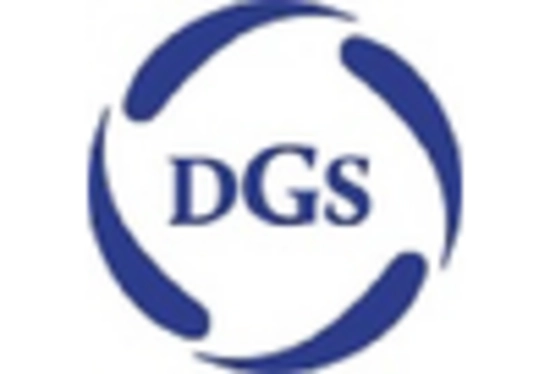
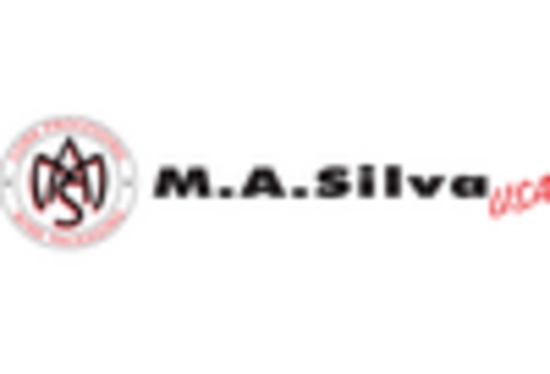
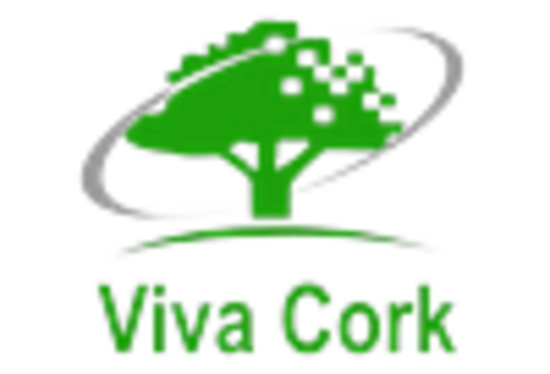

Leave a Comment